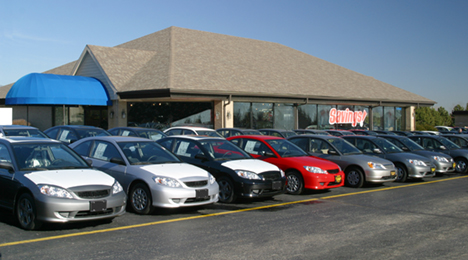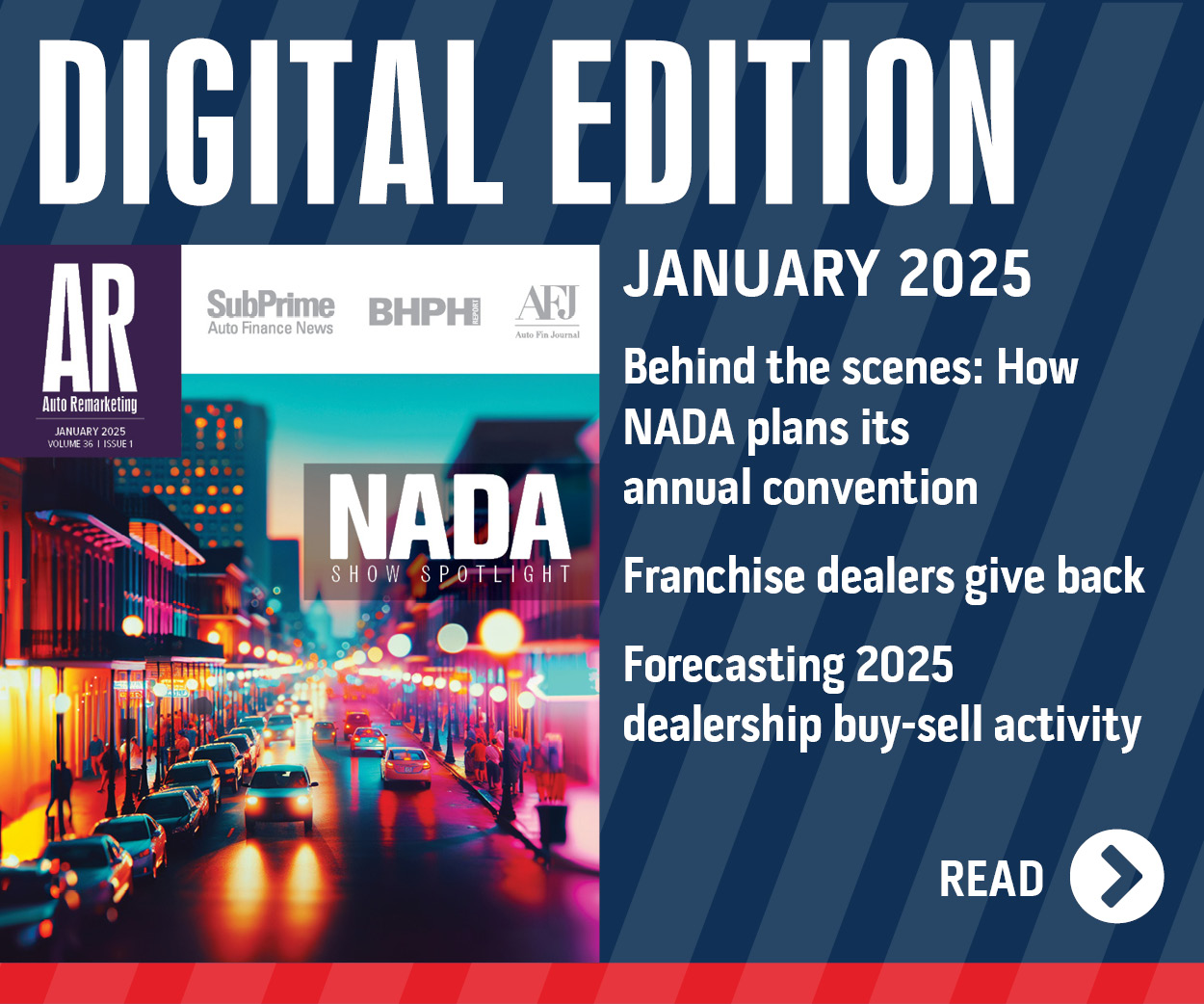3 reasons for smaller depreciation gap between trucks & cars

CARY, N.C. -
Car values are still depreciating at a faster rate than their truck values, but the gap has narrowed significantly in the past year, according to Black Book data.
From Dec. 1, 2014 to Dec. 1, 2015, car values depreciated 16.7 percent, versus 8.4 percent depreciation for trucks — a difference of more than 8 percentage points.
But in the 12 months since Dec. 1, 2015, car values have depreciated 19.1 percent, while trucks have depreciated 14.7 percent — a difference of less than 5 percentage points.
In a phone interview with Auto Remarketing last week, Black Book’s Anil Goyal attributes the slimmer gap to three things.
First, more entrants on the truck market has led to greater competition on the new-vehicle side, leading to higher incentives, which tends to downwardly impact used prices.
Next, the gap between used-truck and used-car values had climbed to an unsustainable level, he said.
Goyal — who is senior vice president of automotive valuation and analytics at Black Book — gives the example of compact crossovers and compact cars.
A year ago, the value gap between a 2- to 6-year-old compact crossover and a 2- to 6-year-old compact car was around $5,300, he said. Now the used compact crossovers are less than $5,000 more expensive than compact cars.
Subcompact crossovers are another segment where the gap has started to come down.
“If you look at a subcompact crossover one year ago versus a subcompact car, that gap was about $5,200,” he said. “And now it’s down to $4,300.”
Folks just may not be willing to shell out an additional $5,000-plus to get a subcompact crossover instead of a subcompact car.
Goyal adds, “For that demographic who’s looking to buy a smaller vehicle, that gap becomes much harder to swallow.”
The third reason? Changes in supply over the past 12 months.
“The supply was very, very, very tight a year ago on any truck segment,” Goyal said. “And that supply is starting to ease. It’s still lower than the car segments, but it’s starting to ease as more and more lease returns are coming back.”
Looking forward, will the depreciation narrow further in 2017?
Goyal said he believes it will continuing shrinking a bit.
“In the next two or three years, I don’t expect the truck depreciation to be higher than cars, because there is still going to be more and more supply coming back from the car side,” he said. “But as the new production continues to shift more towards trucks and the incentives are going to be driven from that segment, I do see the gap (continuing) to narrow a little more until there is about a 5-percentage-poitn difference.”
Some segments like full-size pickups are driving this, he said.
A 2014-model-year full-size today is retaining about 62 percent of its MSRP, Goyal said. Compare that to the three-year-old retention level (roughly 54 percent) in the overall market.
“There’s been more incentives now coming through on the pickup side” he said. So much so that Ford, Goyal pointed out, announced production and incentives cuts.
“You’re starting to see that there is more inventory and those high retention values are not sustainable,” Goyal said. “I see those retention values coming down, which will eventually cause depreciation to go up on some of those segments, which are holding up the truck depreciation so well.”

 View The Latest Edition
View The Latest Edition

